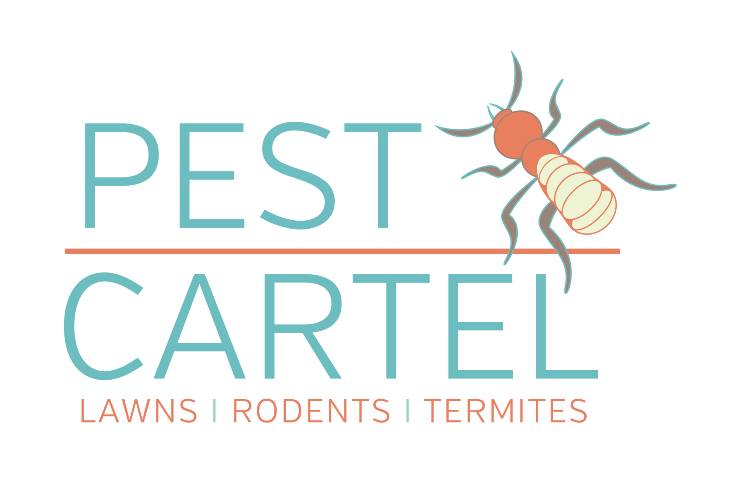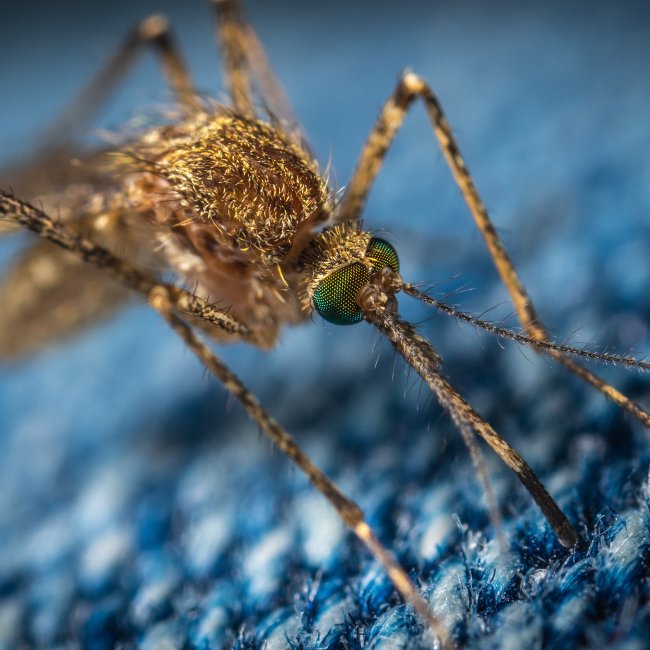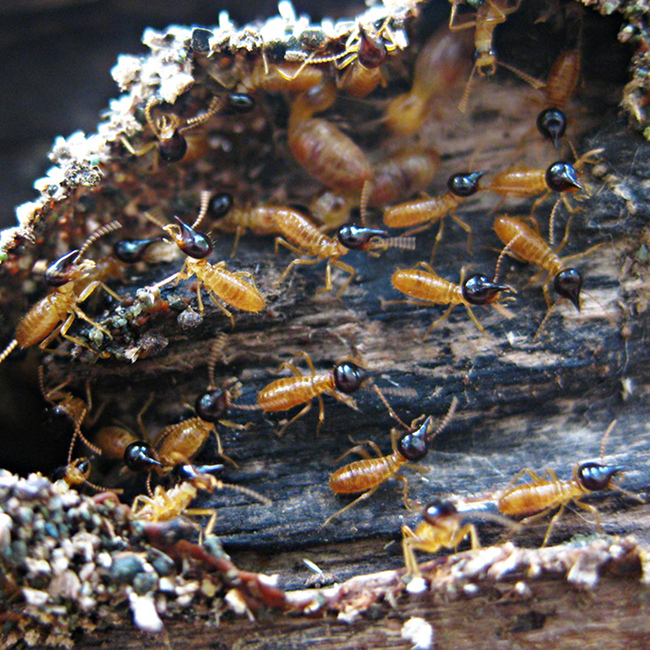Blog
Professional Household Pest Control
Professional Household Pest Control
The Benefits of Hiring a Professional Pest Control Company
When it comes to pest control, it’s important to remember that DIY solutions may not always be the most effective or safest option. Hiring a professional pest control company has a number of benefits, including:
- Expertise: Professional pest control technicians have the training and experience to identify the specific pests affecting your home, and to determine the most appropriate treatment method. They can also provide advice on how to prevent future infestations.
- Safety: Pesticides and other pest control products can be hazardous if not used properly. Professional pest control technicians are trained in the safe handling and application of these products, and they follow all necessary safety protocols to protect themselves and your family.
- Convenience: Dealing with a pest infestation can be time-consuming and stressful. By hiring a professional pest control company, you can leave the problem in the hands of experts and focus on other tasks.
The Different Pest Control Services Offered by Professionals
Professional pest control companies offer a wide range of services to suit the specific needs of their clients. Some of the most common services include:
- General pest control: This service involves the treatment of common household pests, such as ants, cockroaches, and rodents.
- Termite control: Termites can cause significant damage to a home if left untreated. Professional pest control companies can provide inspections and treatments to prevent or eliminate termite infestations.
- Bed bug control: Bed bugs can be difficult to eliminate and often require specialized treatments. Professional pest control companies can provide inspection, treatment, and prevention services to help rid your home of bed bugs.
The Role of a Pest Control Technician: What to Expect When They Visit Your Home
When you hire a professional pest control company, a technician will be dispatched to your home to assess the problem and determine the best course of action. Here’s what you can expect during the technician’s visit:
- Inspection: The technician will thoroughly inspect your home, inside and out, to identify the type and extent of the pest problem. They may use tools such as flashlights, moisture meters, and traps to gather information.
- Recommendations: Based on the findings of the inspection, the technician will provide recommendations for treatment and prevention. They will explain the options available and the associated costs, and answer any questions you may have.
- Treatment: If you choose to proceed with treatment, the technician will apply the appropriate pesticides or other control methods. They will follow all safety protocols and take care to minimize any impact on you and your family.
- Follow-up: The technician may schedule a follow-up visit to ensure that the treatment was effective and to address any additional concerns you may have. They may also provide recommendations for future prevention measures.
The Importance of Professional Household Pest Control
In conclusion, hiring a professional pest control company is the best way to protect your home from pests. From inspections to treatment and follow-up visits, a professional can handle all your pest control needs, ensuring that your home is safe and pest-free. Whether you’re dealing with common household pests or more specialized issues like bed bugs or termites, a professional can provide the expertise and resources needed to solve the problem. So if you’re concerned about pests in your home, don’t hesitate to reach out to a professional pest control company for help!




